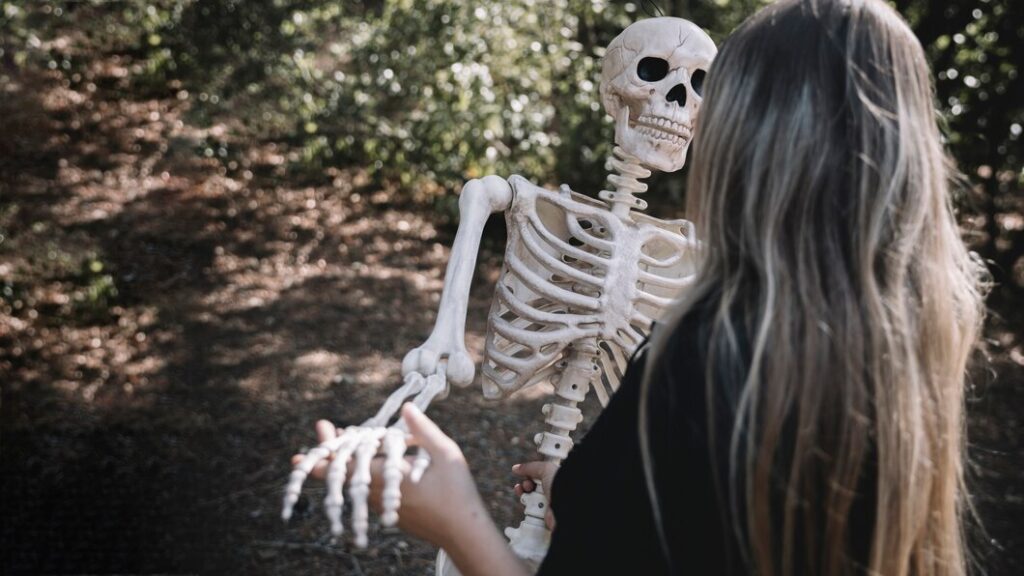DEATH! A BEGINNING OR END OF LIFE’S JOURNEY
Death? Ah!, is it a blow or a relief to living mind?. Does it invite any fear and/or emotional instability in human mind now in modern days? Or it is to be accepted as a phenomena since the creation of world. Man from earliest time might have witnessed death of all living bodies creatures, beasts, and own species . Even in the animal kingdom some of the developed and intelligent species like dolphin, elephants, great apes (of course excluding man) recognise death of their near ones, and shows the typical behaviour pattern towards death and dying. Human being, the most intelligent creation of nature tries to explore every aspect of death and dying by setting new standard of definition produced out of scientific research. Scientific study of death and dying is carried out through a branch of science is called Thanatology.

It looks into various aspect of life like biological, psychological, social, as well as spiritual. Various disciplines of science such as biology, medicine, physics, chemistry, psychology are involved in the process, but the current challenge in paleoanthropology is in figuring out how fossils, archaeology and DNA evidence can be brought together to understand where we came from and exact time of death of various human species through millions of past years, because one time conclusion is influenced by new development.
The science of death also investigate the possibility of life after death such as near death experience, reincarnation, and the soul. It also help us learn about the nature of life, the meaning of existence, the personality and humane dignity. But seen through the lens of pure biology, Philosophy, mythology, scriptural thought, and above all, the various religions of the world, different outcomes are seen. Science has failed to answer to all questions as to ‘why we exist? and why we die? and why we are mortals?’, what is death,? how it occurs,? And why it occurs. Death history of human is the study of how, why, when human die and their mortality pattern that have changed over time and across the various cultures of world. We can get some knowledge on subsequent discussion.
Analyzing the evolutionary science and different cultures and religion of world we find a sharp difference as to who was the first man to roam on earth and who was the first man to die. At the end of discussion, we may come to an conclusion.
MORTALITY, DEATH, DYING
DEFINITION OF DEATH AND DEATH RECOGNITION
There exist some degree of difference between definition of death and recognition of death. Definition is the setting of a standard, while recognition is act of applying that standard to a specific cases. For example, a doctor might recognize death by performing specific tests to confirm with the defined criteria.
Recognition on the other hand can be influenced by emotional factors and cultural beliefs.
Here is an analogy: Imagine a fire alarm
- The definition of fire (rapid oxidation producing heat and light) is similar to definition of death (setting biological criteria)
- Recognizing a fire involves seeing smoke, smelling burning or hearing alarm where our our cognition factors are involved. Similar situation also involved in case of recognition of death.
MODERN DEFINITION OF DEATH.
“Death is irreversible cessation of all biological function that sustain an organism. For organism with brain, death can be defined as irreversible cessation of functioning of the whole brain including brain stem. Brain death is sometimes used as legal definition of death.” more details
“Death, the total cessation of life process that eventually occurs in all living organisms. The state of human death has always been obscured by mystery and superstition, and its precise definition remains controversial, differing according to culture and legal system.” more details
Definition of death in early period of human history was not possibly as we define or at least try to define death today. This opinion is drawn from the evidences that so far we have gathered from studies of archaeology, planetology, environmental science, geographical, Genetic studies and other scientific studies on various old cultures. There by the definition of death has entered in to more dynamic and uniformity is lost. millions of year ago when human species was in a nascent stage, death was seen more as recognition or awareness of death and dying rather than a blunt scientific definition as of today. In our search for this process we see some interweaved behaviors in modern man which might have transmitted from our progenitors.
More discussion in following blogs…